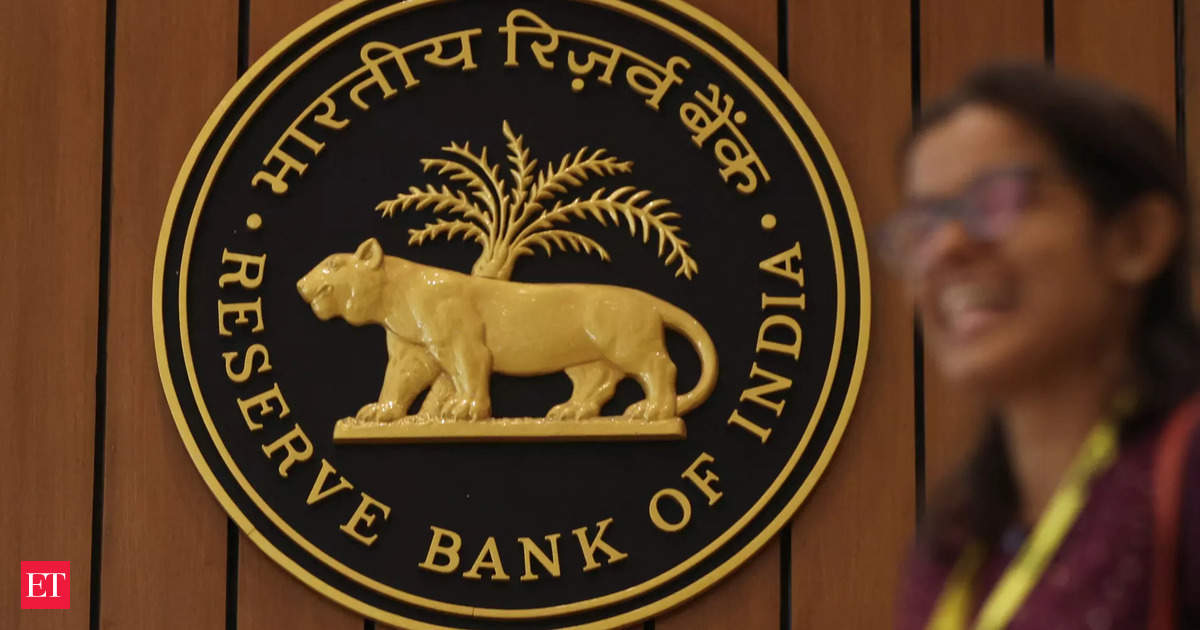Banks in India have approached the Reserve Bank of India (RBI) and the Centre for incentives related to sustainability-linked loans. These loans play a pivotal role in the country’s efforts to address climate challenges. However, there are commercial risks associated with these loans due to their unproven application history. The banks have requested relaxed norms on risk-weighted assets (RWA) and cash reserve ratio (CRR) for sustainability-linked loans. These requests aim at reducing the financial burden for banks and incentivizing them to promote sustainable financing.
In a sustainability-linked loan, the interest rate charged is tied to a company’s execution of sustainability benchmarks. This structure drives corporate borrowers to meet sustainability targets by benefiting from lower interest rates. The benchmarks are closely linked to environmental, social, and governance (ESG) norms. By aligning with these norms, companies demonstrate their commitment to sustainable practices.
The banks are engaging in ongoing discussions on green financing models and exploring how they can adapt to these models effectively. By adopting green financing practices, banks can contribute to sustainable development and support the country’s transition to a greener economy. Such initiatives are crucial, considering the growing importance of sustainability in the financial industry.
Banks have played a significant role in structuring sustainability-linked loans for large corporations in India. The Reserve Bank of India and the government have recognized the potential of green financing and are taking steps to facilitate its growth. There are proposals to include lending towards electric vehicles (EVs), solar panels, and green hydrogen in the priority sector. These efforts aim to channel funds towards sustainable projects and foster innovation in renewable energy.
However, there are challenges associated with sustainability-linked loans. Risk-weighted assets (RWA) require banks to set aside capital based on the risks associated with their exposures. Banks are seeking relaxed norms on RWA for sustainability-linked loans to reduce the capital requirement and promote lending in this sector. Similarly, the cash reserve ratio (CRR) mandates banks to maintain a certain portion of cash with the RBI. Banks have requested dispensation on CRR for sums disbursed as sustainability-linked loans to enhance liquidity.
The Reserve Bank of India and the government are actively engaged in discussions with all stakeholders, including the banking industry, to address these requests and further develop the ecosystem for ESG lending. The RBI’s report on climate risk and sustainable finance emphasizes the need for concerted efforts in this domain, highlighting the ongoing scope for action. By providing incentives and creating conducive regulatory frameworks, the RBI and the government can encourage banks to play a more significant role in sustainable financing.
In conclusion, banks in India are seeking incentives from the Reserve Bank of India (RBI) and the Centre for sustainability-linked loans. These loans have gained importance in the country’s efforts to address climate challenges. The banks’ requests for relaxed norms on risk-weighted assets (RWA) and cash reserve ratio (CRR) aim to promote sustainable financing and reduce the financial burden on banks. By aligning interest rates with sustainability benchmarks, banks can incentivize corporate borrowers to adopt sustainable practices. Ongoing discussions on green financing models reflect the industry’s commitment to adapting to these models and contributing to sustainable development.











